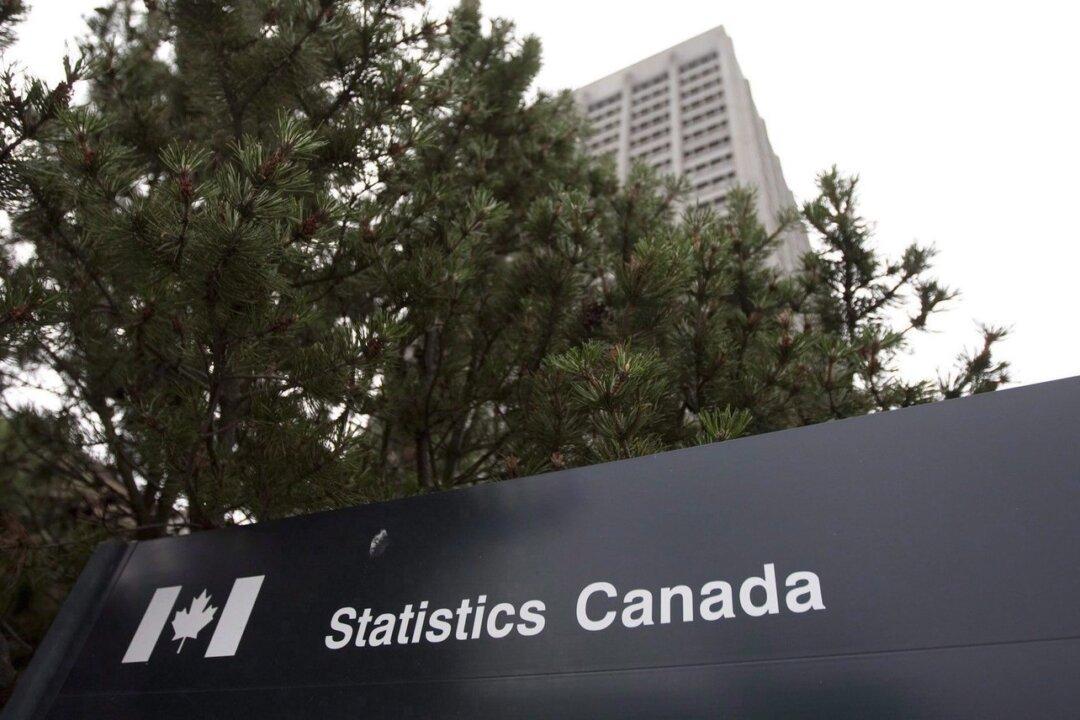Canada has the highest household debt to disposable income level of any G7 country, according to newly released Statistics Canada data.
Canadian households’ debt-to-income ratio has reached 185 percent—roughly 35 percent above the United Kingdom and nearly 85 percent higher than the United States, StatCan said in its Feb. 28 report. That means Canadians owe $1.85 for every dollar they make after taxes.





